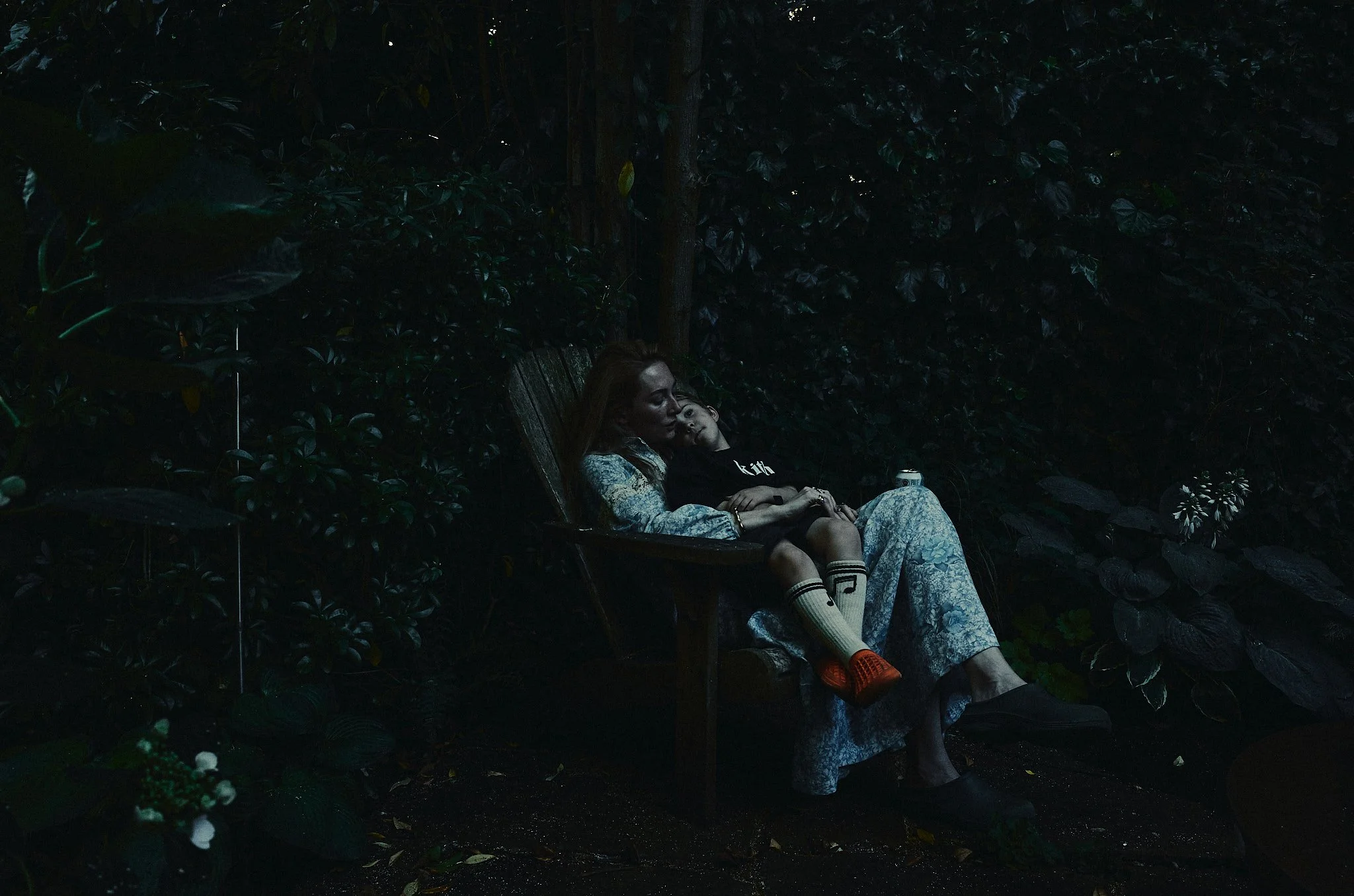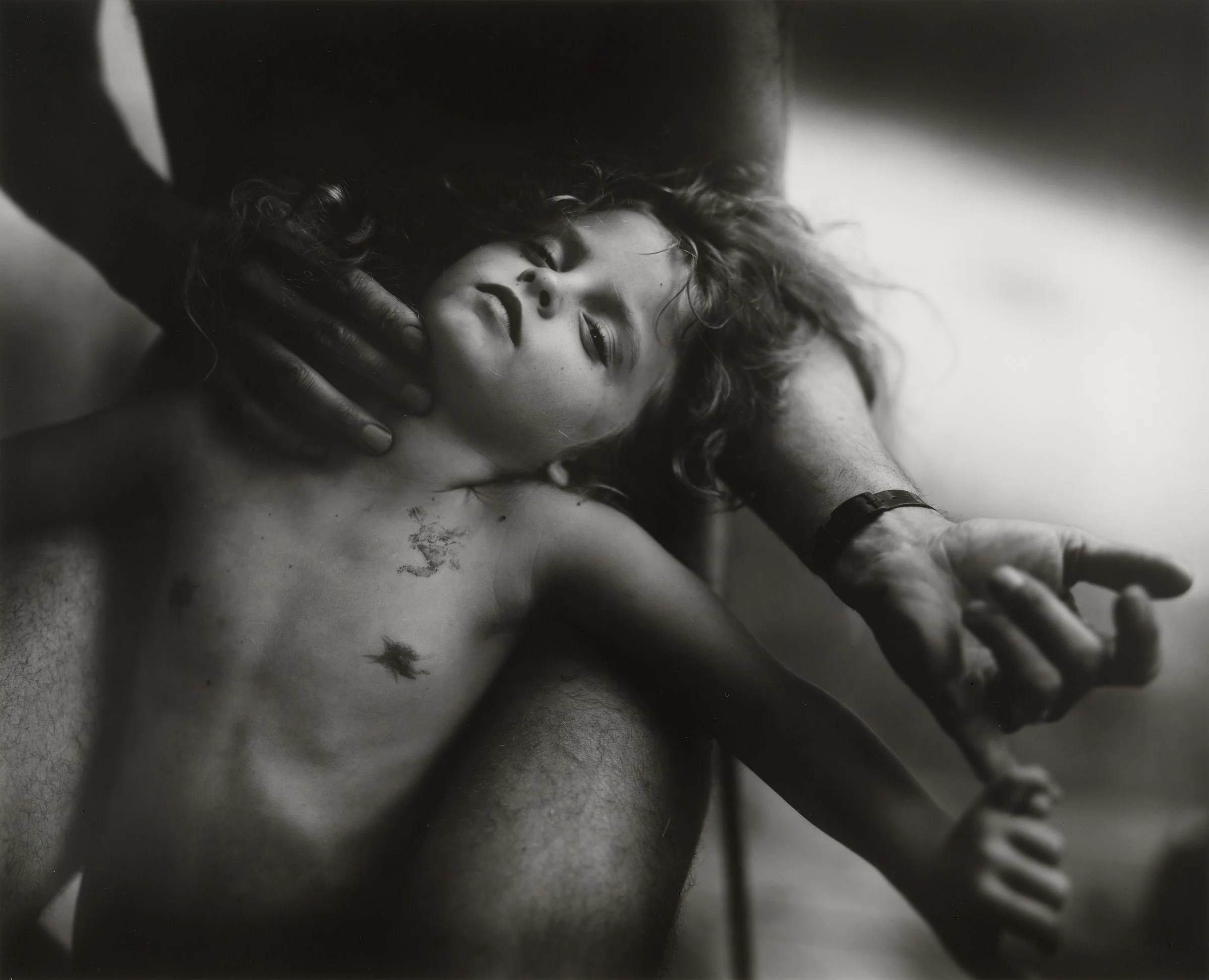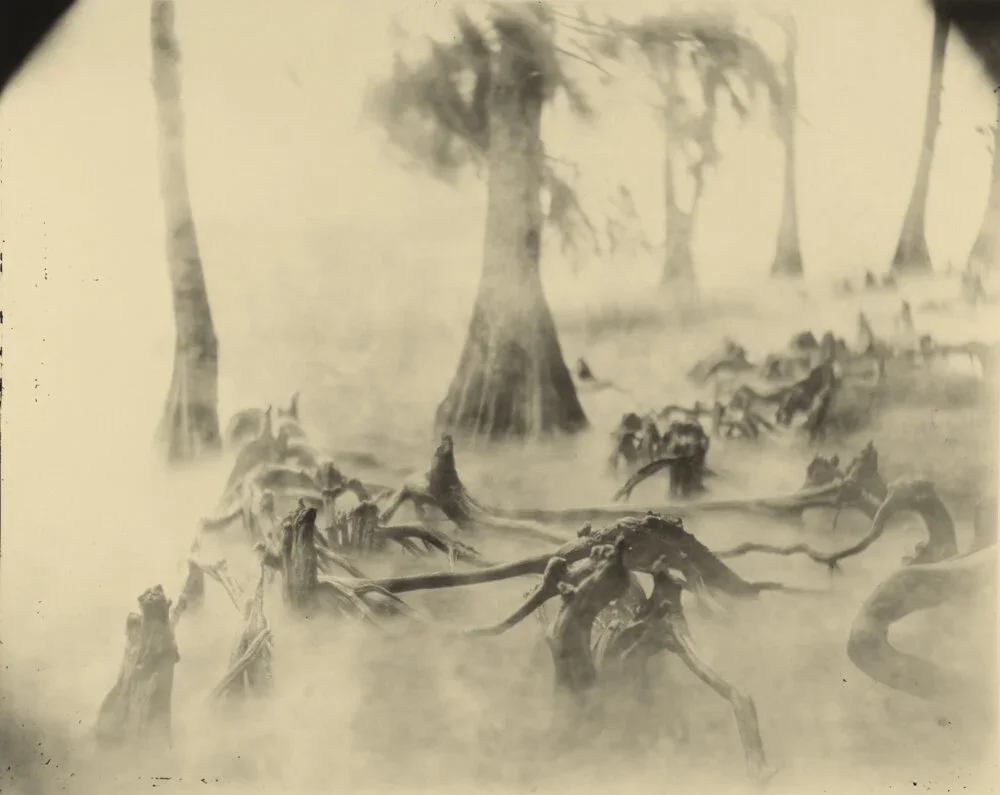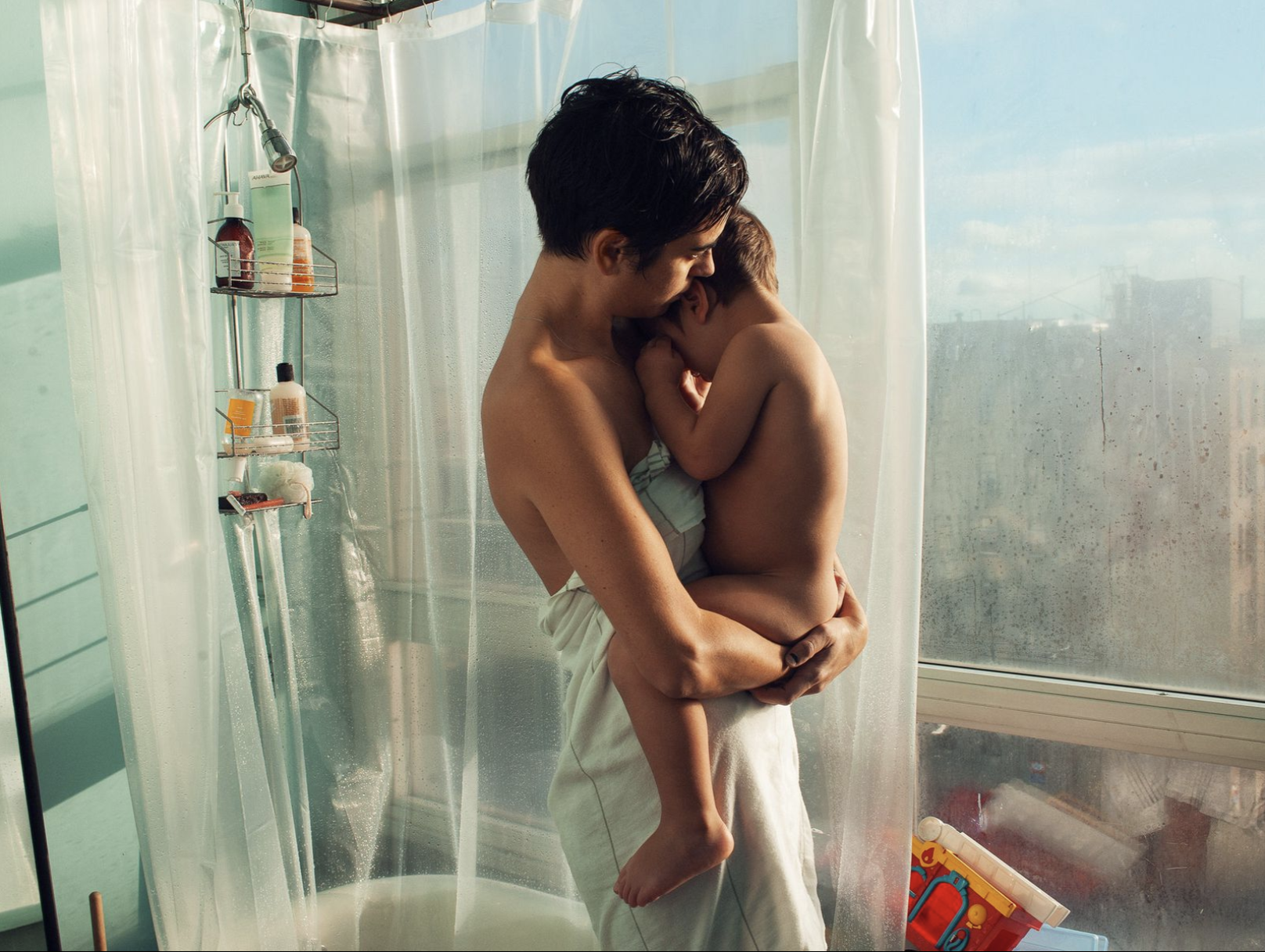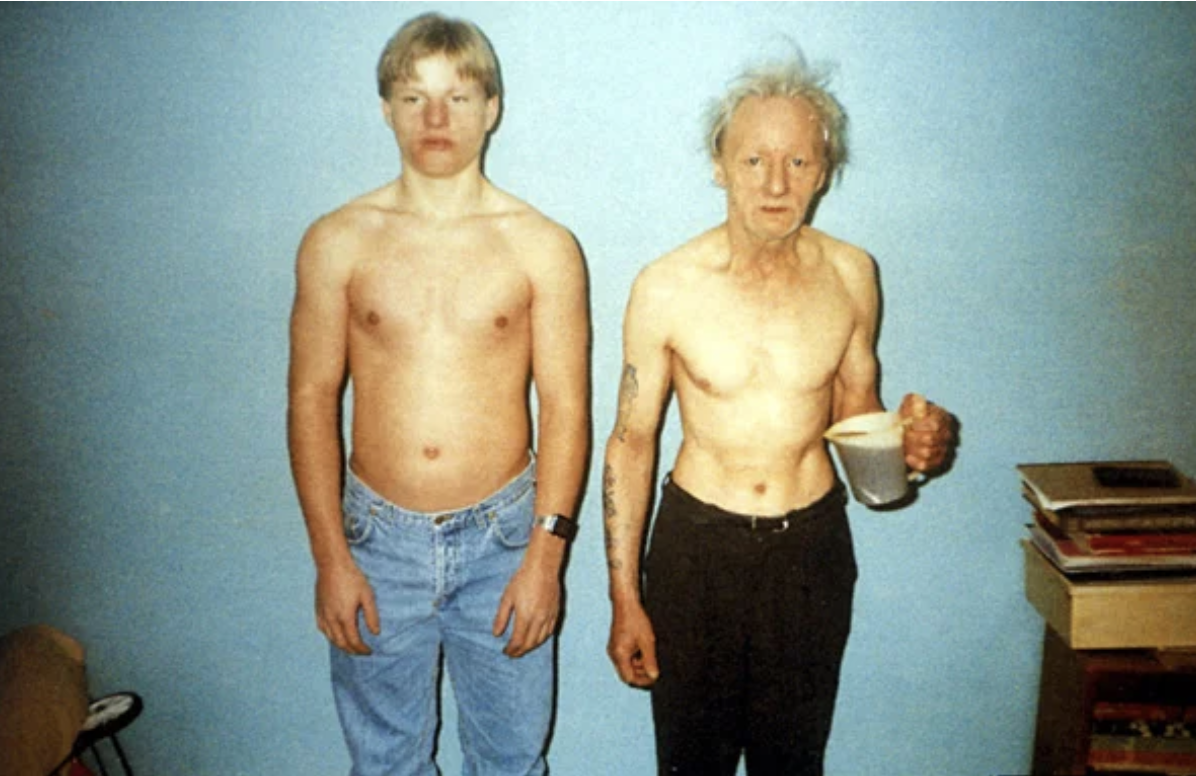The Creative act is more than the finished product
I’ve started to think of research as a part of the art itself and not just the scaffolding. Indeed, catching the big fish relies on a level of preconception. Looking to the past has always been a core act in my path toward production. It frames decisions, motivates whole projects, shapes styles. It is, more often than not, the vital catalyst.
In this new email series, In the Making, I’ll share the notes, fragments, images, and bits of inspiration that shape my work. It’s a modest exchange, but one, that in our era of automation, insists on human presence.
In fact, my dream is that these emails become epistolary. That you might write back with your own ideas, your own sparks, and we build a fortress of references in concert.
Work from the inside
Lately I've been thinking about Sally Mann. The photographs of her children and friends. They way she positions their bodies in space to create gestures not unlike a minimalist sculpture. How the large format, the wet plate collodion process lend an impression of memory—of how time can feel, (leaden and slow) especially in the South.
Beyond the wet glass, her treatment of the body, (bodies that she herself produced), has always seemed uniquely haunted, as if to expose the traces of herself in them. Even her landscapes from Virginia and Georgia, as in her Deep South series, became like bodies, ghostly in the same way, confronting the traces of horror.
Source: sallymann.com
Artists often reach for the accessible parts of their lives to create work. Christopher Anderson’s photographs carry this tradition forward. I’ve always loved the way he illuminates slivers of time with his wife and children.
In another photographer’s hands, a similar expression or even the subject (mother and child) might create a completely different impression. Distal to Mann’s reconciling, there is an admiration and a vibrancy in Anderson’s gaze. Yet both, to me, articulate tenderness to sweeping effect. I’ve enjoyed putting these two in stylistic conversation; seeing how one body of work leans toward shadow and the other toward light, and perhaps, in that difference, toward memory versus time, history versus presentness.
I've also been looking at Richard Billingham’s Ray’s a Laugh. It lives in this space of personal reflection also; of life and work collapsing in on one another. Here too, even in the chaos of the cramped council flat in England, there is a sense of tenderness in this photographer’s desire to be curious. Perhaps like Mann’s attention to the failures of the American South—one she holds in contest with her love for it—Billingham is also finding the light in his cigarette hazed flat with his alcoholic father. Owing perhaps to Ray’s frailty, the onboard flash doesn’t feel confrontational as it sometimes can; more like a lighthouse scanning the darkness.
Source: janestep.com/rays-a-laugh
As I endeavor to make a very personal film next week, I remain unsurprised by the effect research has. More to follow on this. And thanks for the conversation. :)
